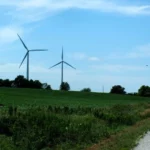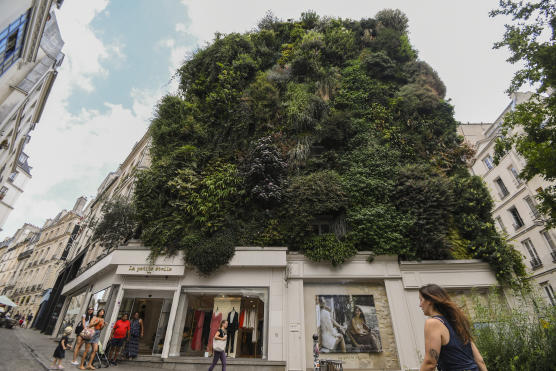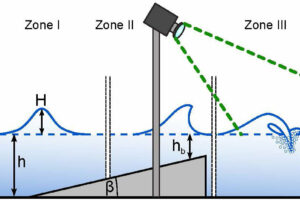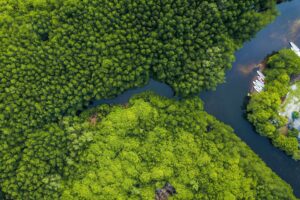The Paris Council will debate Monday on the city’s urbanism rules covering the next decades. The left-wing coalition plans to continue developing public housing, but there is now an even greater priority: adapting the French capital to rising temperatures.
When it conquered Paris in the 2001 mayoral election, the left had one priority: equipping the capital with new urban planning rules to build more housing, and in particular more affordable housing. The Local Urban Masterplan (PLU) adopted in 2006 aimed to introduce social diversityin the city’s west; in other words, not just in working-class neighborhoods. A little less than 20 years later, the expected rebalancing is not as marked as was hoped for, but the capital, which has created almost 115,000 apartments over that period, has seen its share of public housing rise from 13% to 25%.
In the wake of her re-election in the spring of 2020, Mayor Anne Hidalgo (Socialist) announced there would be a new in-depth review of construction and urban planning regulations. There is still the goal of providing affordable housing to Parisians, but this time the urgency lies elsewhere: Speeding up the capital’s adaptation to global warming, and ensuring that the city that gave its name to the Paris Agreement will be carbon-neutral by 2050. The new PLU will therefore be “bioclimatic,” and the capital wants to be one of the first cities in the world to equip itself with such tools, according to the Council’s left-wing majority.
After three years of discussions and negotiations, the document that will shape Paris for the next 30 to 40 years is to be presented to the Paris Council on Monday, June 5, in a major step toward its enactment. The drafting of an urban planning law is “the expression of a vision,” said Hidalgo. If, at the end of the day’s debates, the bill is approved, the 3,000 pages of draft regulations and maps will pass into the State’s hands. This will be followed by a lengthy public inquiry phase, during which everyone will be able to give their opinion. If the legal innovations – and there are always some, in Parisian PLUs – pass the filter of legality control, the final vote could take place in late 2024, or early 2025.
300 additional hectares of green spaces
The title says it all: The next PLU must respond to the environmental emergency. Paris must become greener at all costs. “The revegetation of the city must be done on a bigger scale,” said the mayor. Although the World Health Organization recommends a dozen square meters of nearby green space per city dweller, Parisians have just 5.8 (excluding the peripheral Bois de Boulogne and Bois de Vincennes). Trees are a source of well-being and also work as powerful air-conditioners.
The Council majority – a coalition of Socialists, Greens and Communists – is promising an additional 300 hectares of green space over the next two decades. It would be a huge effort, considering that between 2014 and 2020, only 30 green hectares were added. Seventy hectares, the equivalent of 10 large parks, are already planned for, notably in the north-east (Chapelle-Charbon, les Messageries, Porte de la Villette, Bercy-Charenton), and on part of the heliport in the 15th arrondissement.
Ninety hectares of private land are protected. The city has also identified plots of land on which it wants to develop parks, as it has done in the 11th arrondissement with the Truillot garden, in place of a parking lot. At the same time, it is approaching institutions to open their gates. This is already the case with the Catherine-Labouré garden in the 7th arrondissement, which is owned by the Daughters of Charity. It will soon be the case with the Institut National des Jeunes Aveugles, the school for blind students opposite Necker Hospital. And the city is currently in talks over the Val-de-Grâce gardens with the State.
Source: lemonde











Add Comment